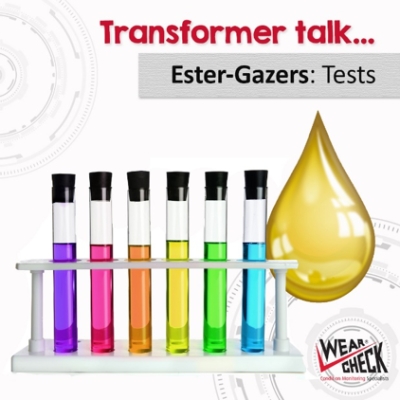This article is part of a series and is based on reviews of the most commonly applied property tests as per available standards and guides. We will look at how to apply the values of each test to natural ester insulating fluid. The typical values and value limits for new and used ester oils differ primarily from those established for mineral oil.
Due to the inherent differences in chemical, electrical, and physical properties between natural esters and mineral insulating fluids, some standards still need to be updated. For that, some clarification of in-service data is required.

ᵅ NE insulating fluids tinted with dye by the manufacturer should not impact the test beyond the 1.0 limit ᵇ As modified in IEC 62770, Annex A (reducing the test duration from 164h to 48h)
ᶜ Alternative reagents as listed in ASTM D1533 for natural esters as modified in IEC 62770, Annex A (reducing test duration from 164h to 48h).
PRACTICES FOR SAMPLING (ASTM D923)
As with any sample, accuracy is critical to empower the diagnostic services to evaluate the product quality in the sample. Carelessness during the sampling process or contamination of the sample may lead to a misleading result that does not represent the body of fluid being analysed. This can lead to erroneous conclusions and recommendations, which may lead to unmerited expenditure or an incorrect reliability rating of units.
To read more about testing guidelines for natural ester oils in transformers, click here: https://www.wearcheck.co.za/shared/TB85.pdf

